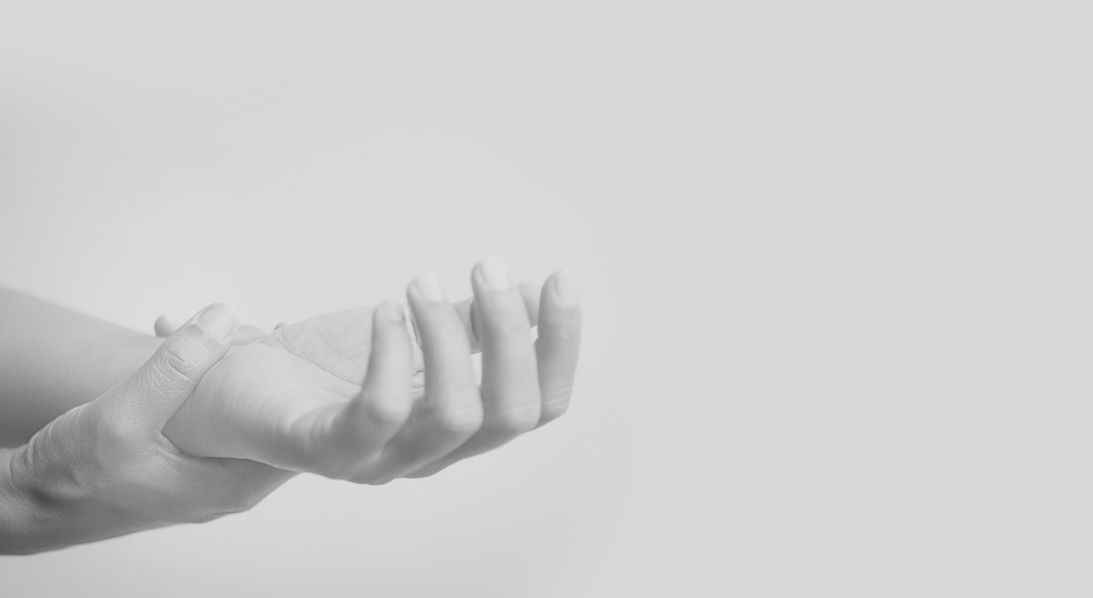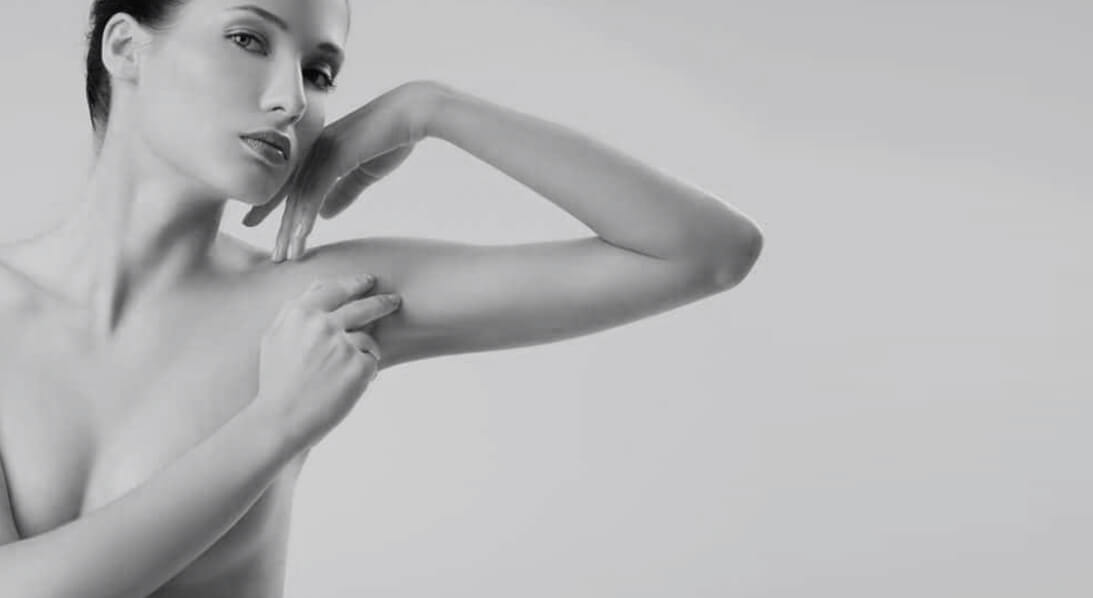What Are Treatment Options for Dupuytren’s?
Some people with Dupuytren’s require no treatment at all. When nodules of fascia form, your doctor will usually recommend a wait-and-see approach. Sometimes, the disease doesn’t progress any further, and a small nodule remains your only symptoms.
In other cases, fascial nodules and cords result in Dupuytren’s contracture and require surgery. There are two main types of Dupuytren’s contracture surgery:
Fasciotomy
Fasciotomy is the less invasive of the two surgeries. It involves splitting, but not removing, the nodules and cords. Breaking up the tough tissue restores flexibility and range of motion to your hand.
Subtotal Palmar Fasciectomy
As the name suggests, subtotal palmar fasciectomy involves removing affected fascial tissue from your palm. Fasciectomy is more invasive than fasciotomy, requiring in larger surgical incisions. Occasionally, fasciectomy requires skin grafting to heal properly. Like fasciotomy, this procedure will restore movement to your hand and fingers.
Why Choose a Plastic Surgeon for Dupuytren’s Contracture Surgery?
Because plastic surgeons are trained to minimize scar tissue, they are experts in dealing with fascia. Not only will they effectively handle the abnormal fascia associated with Dupuytren’s they’ll minimize additional scar tissue to your hand.
Because Dupuytren’s contracture can reoccur after surgery, its essential to minimize trauma and scar tissue during surgery. Excessive scar tissue can exacerbate the effects Dupuytren’s, further decreasing mobility and creating more potential for Dupuytren’s contracture to reoccur.
A plastic surgeon will also minimize cosmetic damage to your hand. Incisions for palmar fasciectomy are often done in a zigzag pattern. This creates the potential for noticeable and unsightly scars. The trained hand of a qualified plastic surgeon will ensure that scarring is as light and subtle as possible.



